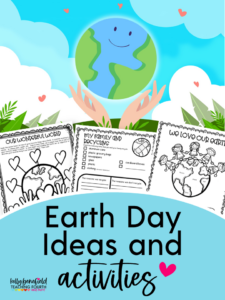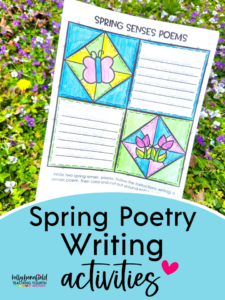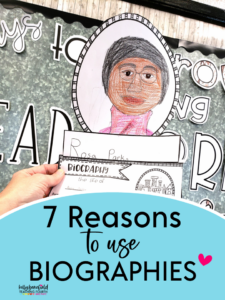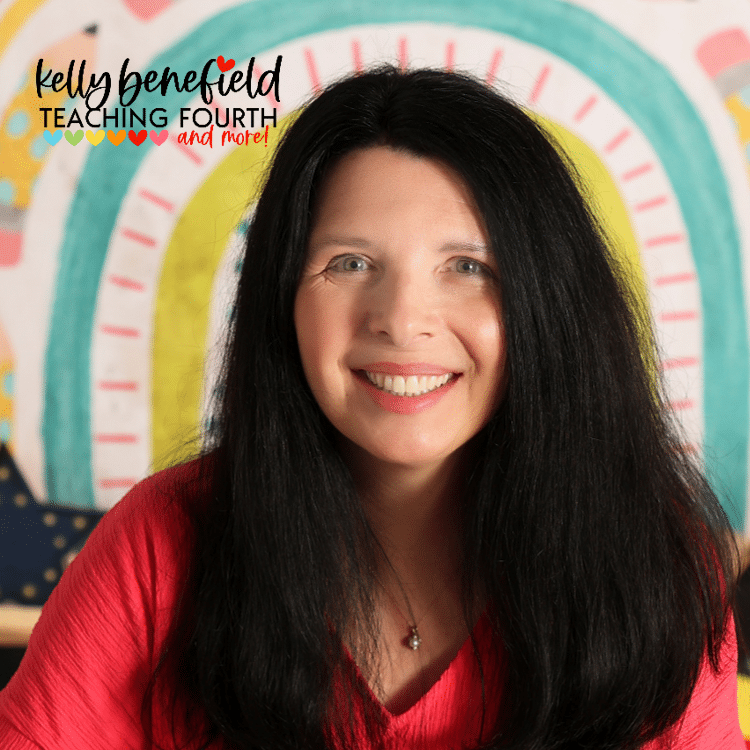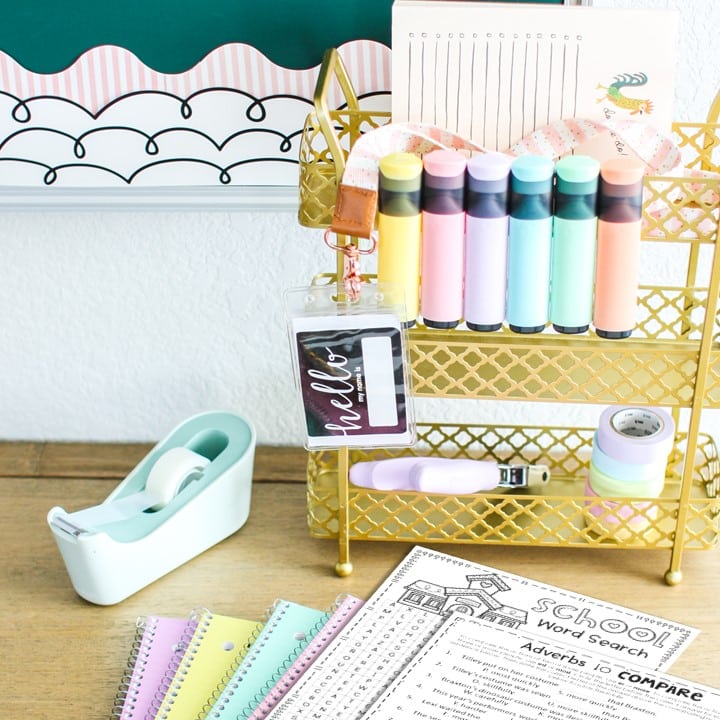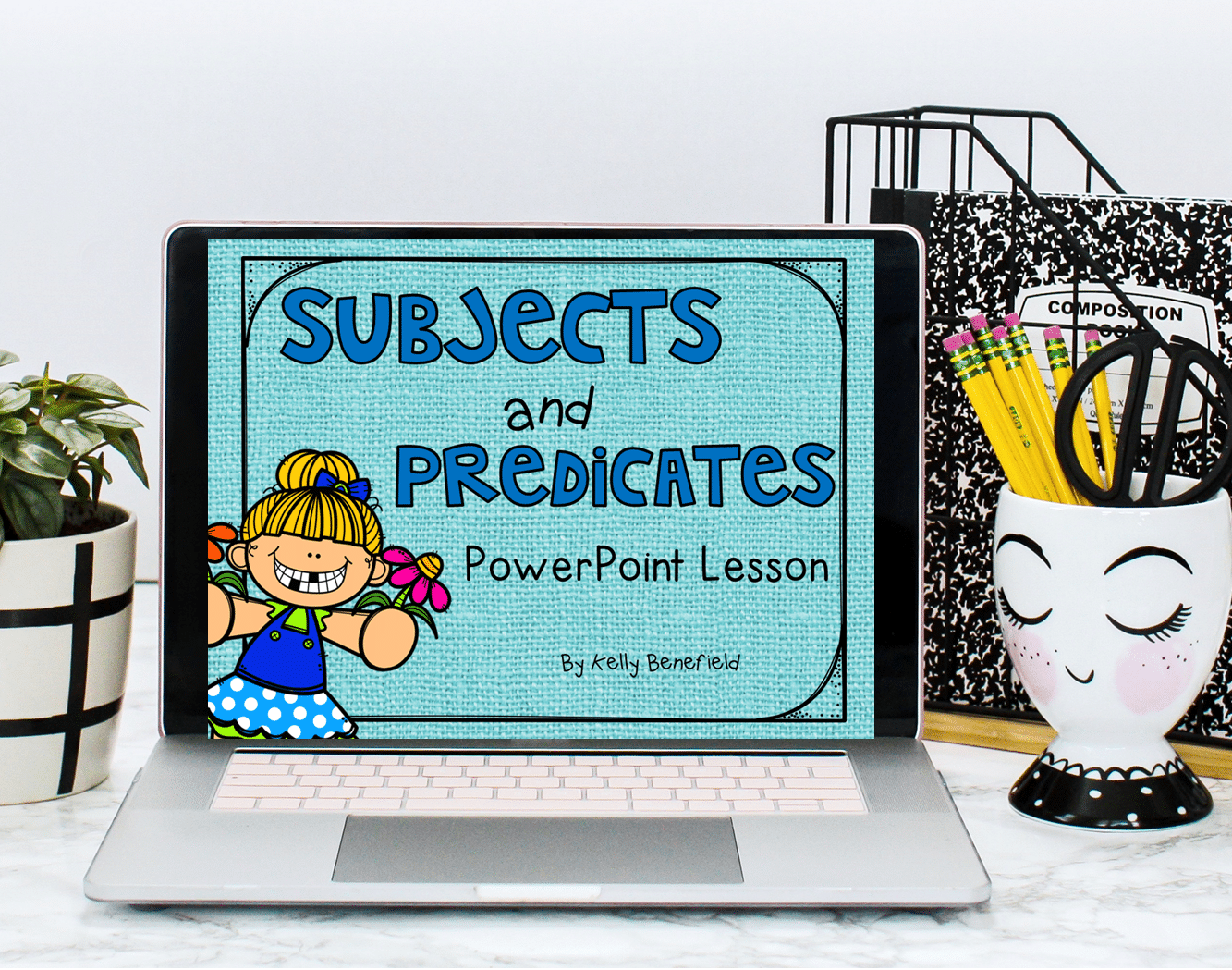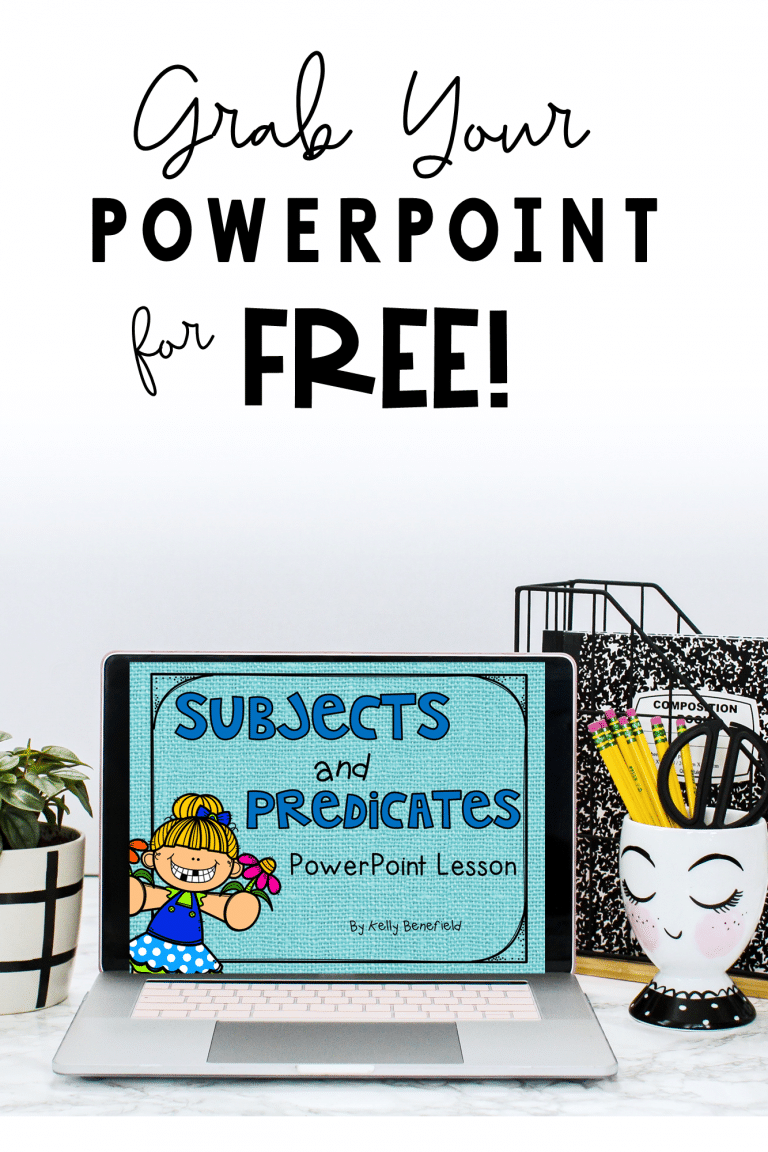Are you searching for effective vocabulary instruction for your upper elementary students? Vocabulary instruction has a profound impact on a student’s ability to comprehend. Research has long shown the importance of effective vocabulary instruction in upper elementary classrooms.
By understanding and utilizing best practices, teachers can help students increase their vocabulary knowledge and, by doing so, improve reading comprehension.
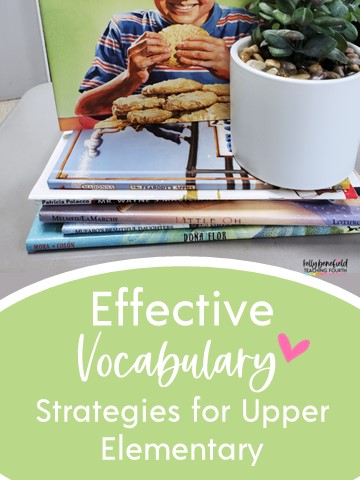
One thing is for sure in education. It is constantly changing. Most recently, we are hearing more about the science of reading. What is the science of reading and how does vocabulary relate to it?
In general, the science of reading is emphasizing the importance of research-based instruction in reading. It is not just one single approach. It involves looking at valid studies that examine how students learn to read, what components are essential for comprehension, and how best to teach these skills in classrooms. The science of reading is based on the understanding that reading is a complex process that involves an emphasis of the 5 essential components of reading: phonemic awareness, phonics, fluency, vocabulary, and comprehension.
Today, we are looking at one of these components: vocabulary. Effective vocabulary instruction plays an important role in helping our students become successful readers. Take a look at these examples of effective vocabulary instruction for upper elementary students that will help to improve reading comprehension.
Effective Vocabulary Instruction Strategies
The Science of Reading emphasizes the importance of effective vocabulary instruction as a key component of reading comprehension. Here are some evidence-based practices for teaching vocabulary that are informed by the Science of Reading:
Teach Vocabulary in Context

Research has shown that teaching vocabulary in the context of meaningful texts is more effective than teaching words in isolation. Students learn new words best when they encounter them in rich, meaningful contexts, such as stories, articles, or classroom discussions.
Student-Friendly Definitions
The meaning of a new word should be explained to students using everyday language instead of providing dictionary definitions. Having students to write definitions from a dictionary is not going to help increase their vocabulary. Rather, discuss new words together, provide related pictures, if possible, and discuss meanings in everyday language.
Focus on Tier 2 Words
Tier 2 words are high-frequency words that are essential for academic success but are not commonly used in everyday conversation. These are the vocabulary found in science and history lessons. Research has shown that teaching Tier 2 words can improve reading comprehension and writing skills.
Student Sketches
I love adding some fun to my lessons, and drawing and/or art is often one of the fun elements that I like to include. Providing students an opportunity to draw a quick sketch related to the meaning of a vocabulary word is more than just fun. When students are given the opportunity to make a quick sketch related to the meaning of the vocabulary word, this can help the students make connections to the word and improve their likelihood of internalizing the meaning.
Semantic Mapping

Semantic maps can allow students to visually organize related concepts, such as synonyms, antonyms, categories, and examples. Semantic mapping is a powerful visual tool that can enhance vocabulary instruction by providing visual representations of word meanings. In essence, it involves creating diagrams to represent the relationships between words and ideas.
Provide Multiple Exposures to Vocabulary
Research has shown that multiple exposures to vocabulary are essential for students to internalize and master new words. Studies have revealed that multiple exposures promote the development of memory networks and lead to better long-term retention of new words. With each encounter, learners are able to build on what they already know by making connections between related ideas or concepts.
Vocabulary learning requires repetition and practice. Teachers should provide students with multiple exposures to new vocabulary words, using different activities and contexts, which help reinforce their learning. Additionally, teachers should encourage students to use the new words in their own reading, writing, and speaking activities.
Reasons Why Graphic Organizers are Part of Effective Vocabulary Instruction
Graphic organizers that focus on vocabulary are an excellent tool for effective vocabulary instruction. A review of research on vocabulary instruction by the Institute of Education Sciences (IES) also found that semantic mapping is an effective strategy for teaching vocabulary to students (Scammacca et al., 2007).
Graphic organizers allow students visually organize related vocabulary words, make connections to vocabulary, and provide multiple use and exposure to words, which can improve their understanding and retention of vocabulary.
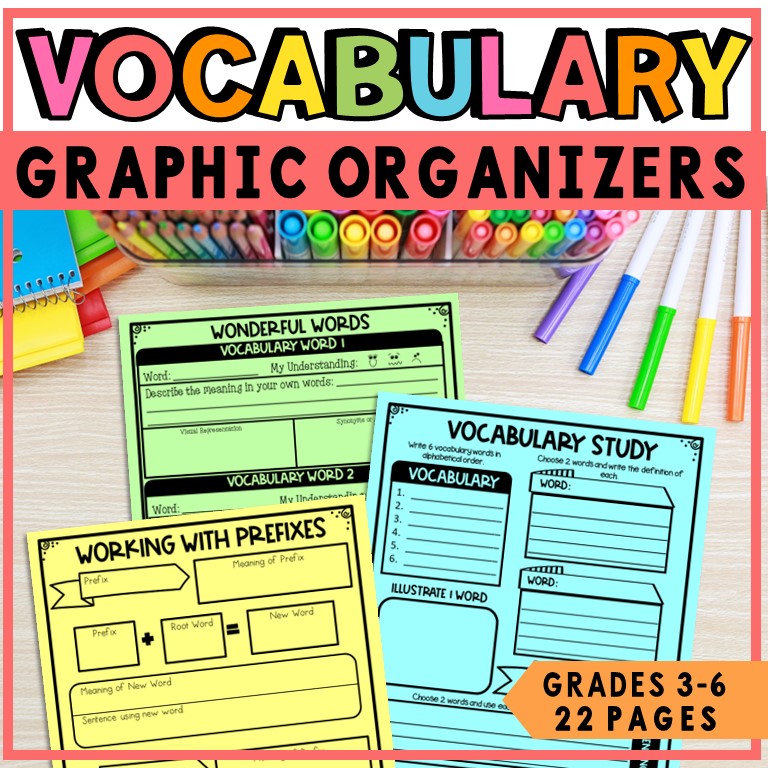
Take a look at this set Vocabulary Graphic Organizers to use in your vocabulary instruction! They are simple and easy to use. Simply choose, print, and go!
In conclusion, effective vocabulary instruction in upper elementary should include researched-based instruction such as teaching new vocabulary words in context, providing student-friendly definitions, focusing on tier 2 words, having students create sketches and maps, and exposing the students to the words multiple times. When done consistently, these strategies can have a profound effect on the vocabulary development of upper elementary students. Focussing on vocabulary in meaningful and effective ways can have huge benefits and rewards for our students.
For even more on types of graphic organizers that you can use in your classroom, check out this blog post.
Have a blessed day!

